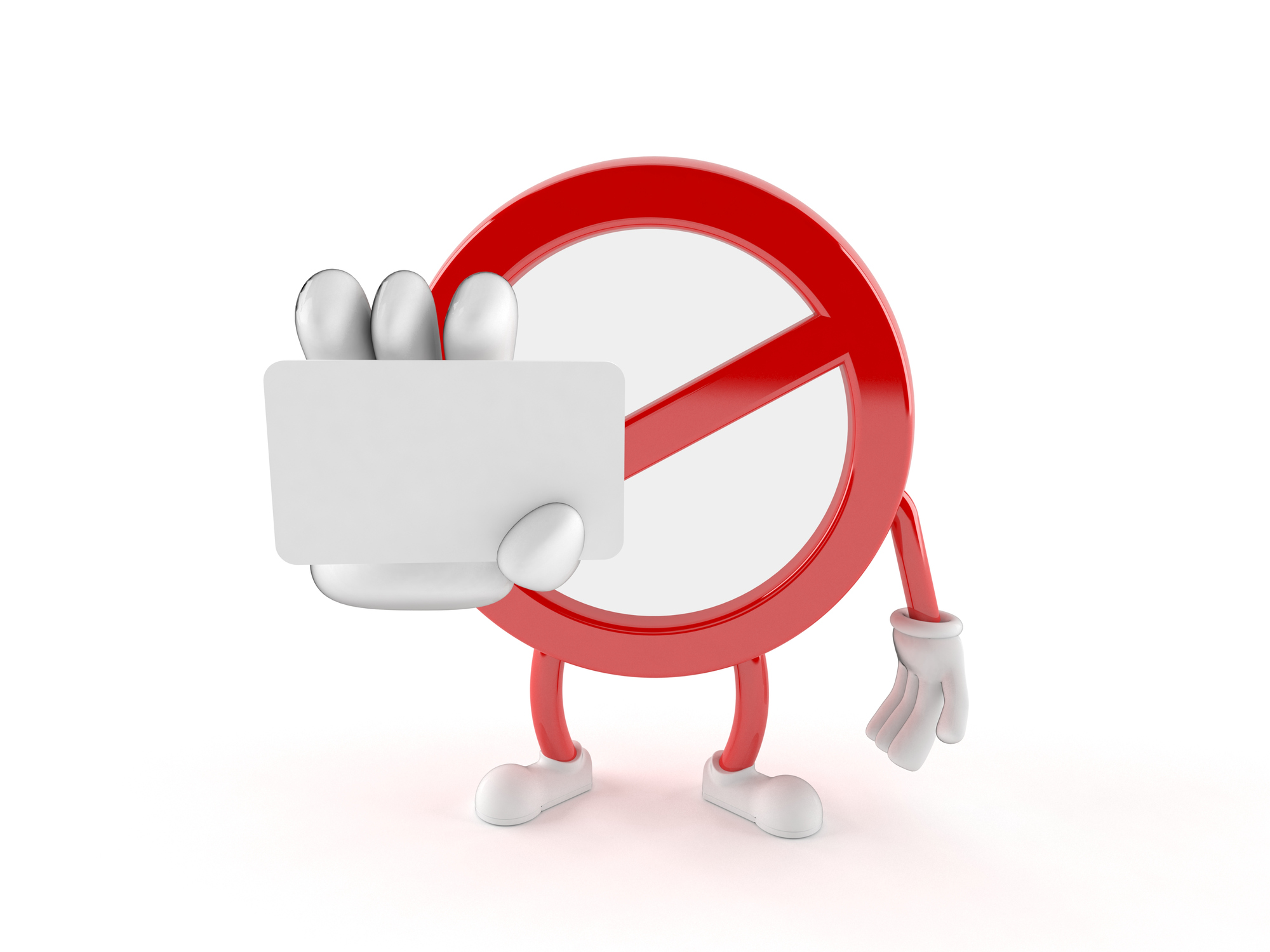As the most vital bit of information about you that a prospective client takes with them after a handshake, the business card remains irreplaceable even in the digital age. After all, many of us sneak a quick look at business cards that have just been handed to us. Clearly, it is a great way to make a good first impression. While there are neat design tips to make your business card stand out, let's first look at some of the blunders to avoid.
Tiny fonts and illegible writing
Choose an easy-to-read font in a bold colour and legible size. Not everyone will have the best eyesight. At times, the lighting at events and meet-ups may also be too fancy and not conducive to reading. Also choose the best quality ink you can – waterproof if possible. You don’t want smudged letters because your contact dropped their drink on your card or stepped out with it in the rain.
If you are hiring an agency to design and print, look for the best possible combination of value and price. Many of these services are now available online. While it is not always required to pay the most premium provider, cheap and tacky is not the route to take either.
Glossy paper and impractical designs
CXOs and leading entrepreneurs are known for their quirky, flamboyant business cards. But for many of us, a business card is as much about contact and work details as it is about making a personal statement. While a few flourishes are great, especially if they gel well with your profession, opt for a design that is not merely eye-catching but conveys information well.
Avoid glossy paper, which makes it hard for note taking, and make sure there is sufficient white space. This helps your contacts take down a few quick points about you if they want to. Unconventional shapes and sizes that don’t fit into wallets are also not a good idea.
Unnecessary details and long, clumsy URLs
It's fine to mention your digital presence on your card such as websites, blogs and key social media handles. People may recognise these and look you up at those addresses. But avoid long, clumsy URLs that are hard to remember.
Exercise restraint while including your details, keeping in mind the need for white space. Most importantly, make sure the key details such as your name, designation, company and specific contact details are clearly indicated. If your firm has a strong brand statement or tag line, include that as well.
Finally, proofread for accuracy and consistency. An inconsistent spelling or a missing middle name can lead to significant confusion in today’s cross-cultural environments and even ruin your reputation.
When you meet someone important to your work, a business card is an effective way of making sure they remember you. A simple, clean and efficient design with key information is the way to go.






